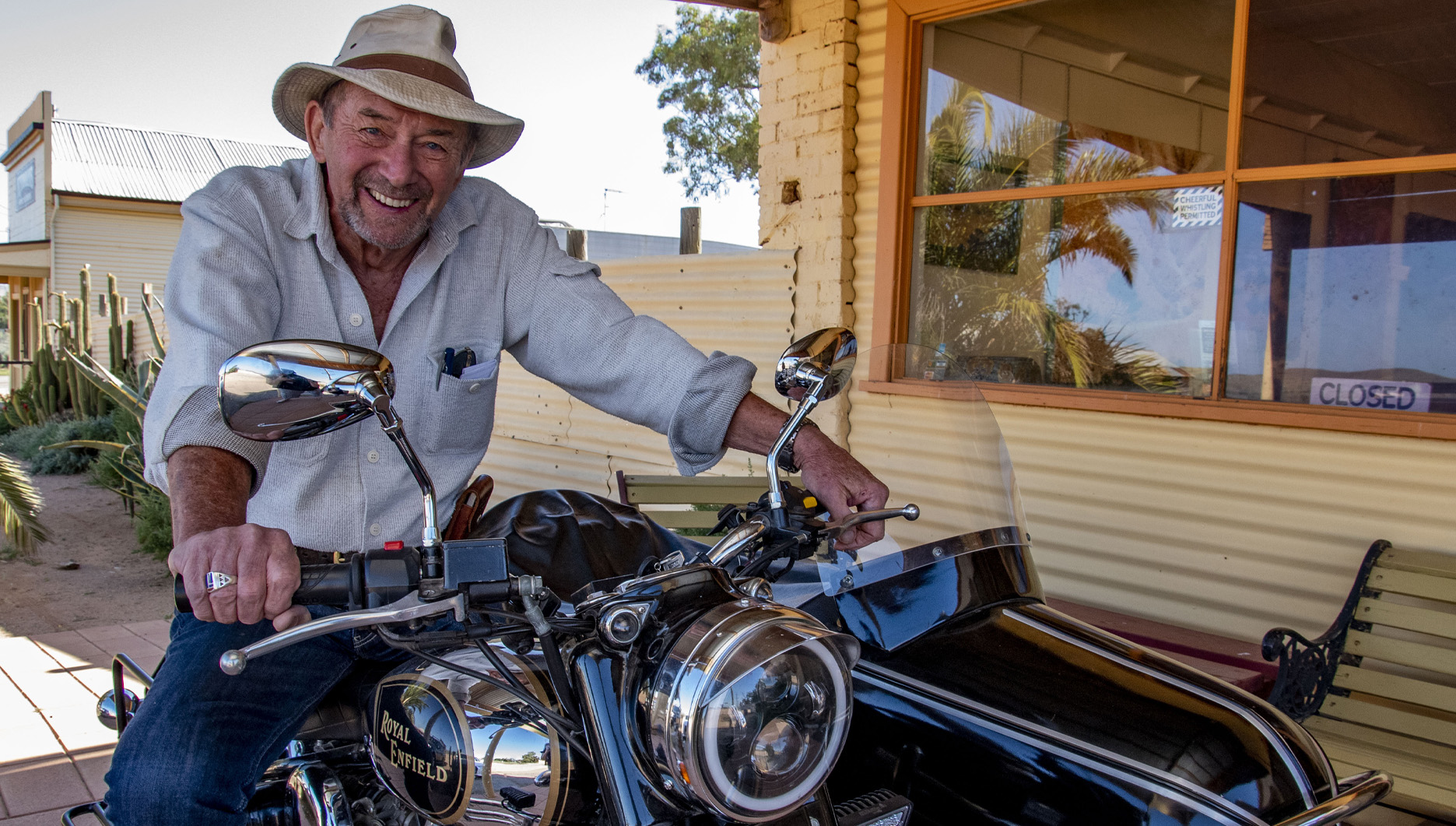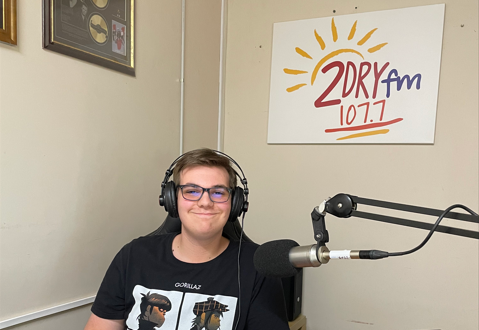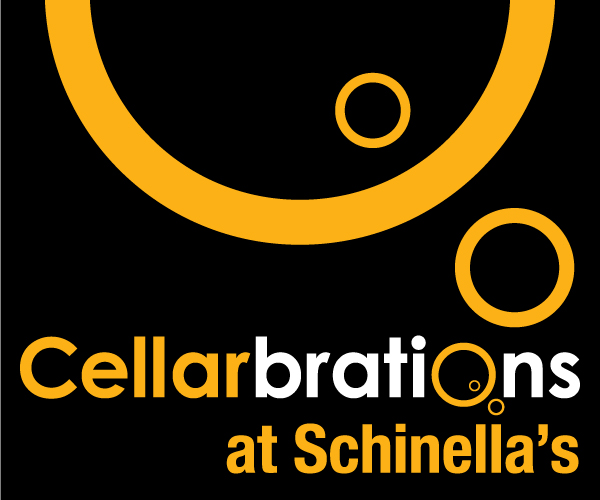With a healthy dose of red dirt in his veins, Albert Woodroffe’s artwork celebrates the beauty of the outback – from the electric scenes of night-time streets in Silverton, to the snaking inland beauty of the Darling River. Reporter Paula Doran spoke to Albert.
PD: What’s one of your greatest moments of pride in representing this area?
AW: Being on the cover of Ansett’s Panorama flight magazine then having the people from Ford Motor Company track me down, and then doing a series of three works presented by Ford Australia to Ford in Detroit. It was a major commission and did me a lot of good.
PD: You came here 35 years ago…
AW: I came here to help with the restoration of the convent in Broken Hill when fire took the roof off it, and I never went home. I found a place where I’m super comfortable and the only place I’ve lived where I should have been born.
PD: You came here as a plasterer. Did you know that you were an artist?
AW: I’ve been playing around with art since I was about 11. Dad died when I was very young and he was pretty handy and had me and my brothers going. Art goes way back in the family – way back actually, to around the late 1700s.
PD: What is the Albert Woodroffe style?
AW: I’m all over the shop. I never paint the same thing, the same way all the time. If it’s in front of me and it appeals to me and I can investigate it then I’ll get it down.
PD: Tell me what you like about living in Silverton?
AW: I like the peace. The politics of the place stink, but I’m comfortable here, that’s my place just over there, but I still bring the car to work because it makes the gallery look busy!
PD: What’s the strangest thing you’ve seen living in Silverton?
AW: When Steve Irwin came in I was in the studio looking out the window and a group of Toyota Landcruisers were coming down the road with a boat on the roof rack, and I said to myself, who the hell is this clown?
Later that day I heard a rustle in the gallery and I turned around and Steve Irwin’s in here looking at the artwork.
Anyway, he bought two paintings off me and he said, I don’t carry any money, so he came back the next day to pay and he turned up here and he met my grandchildren and spent an hour with them.
Sadly, he died two days after. He never got to see the Silverton pictures on his walls.
PD: You’re living in a region that is famous for art. We now have just one surviving member of the Brushmen of the Bush, what legacy do you think they’ve left behind?
AW: I think there’s a second wave, after the Brushmen. Wendy Martin, Howard Steer, myself, Clark Barrett, Geoff De Main, Wayne Williams and Johnnie Dynon. A lot of us came away from Joyce Condon’s classes at TAFE. We’re all hitting our 60s and 70s now but the Brushmen left a great legacy because they made art accessible.
We were able to open our own galleries with the support of the locals and attract people to us, and that’s been a huge success for the Broken Hill art community – that accessibility to the artists at the coal face.
People can come and meet you and you can talk about your work. Me in particular, I don’t know how many paintings we’ve put out of the gallery but with the exception of half a dozen works I’ve met everyone that owns my paintings. And that’s a great connection.
When we did the last RFDS exhibition in Sydney we had 650 people attend the opening. That’s massive for an art exhibition and I think we sold $140,000 worth of work in a night.
PD: Talk to me about the current state of art in Broken Hill. Where do we stand and where can we improve?
AW: Nothing stays the same. Clark Barrett is an exceptional art teacher, and his comment to me a while ago was, some of the kids now that could be standing at the easel, the really talented ones are winding up at ad agencies and in graphic design. While that’s good, getting people in front of the landscape now and interpreting it, I don’t see that coming through so much.
What I do see is with the help of people like Rick Ball down at Menindee, moving the Indigenous culture along with their art, I think that’s getting a real foothold here.
Unfortunately, I don’t see the city art gallery with any teeth. They don’t tour exhibitions anymore and they seem a bit frightened of the established work here. Personally, I haven’t had a director from the city art gallery here for over eight years. What does that say?










